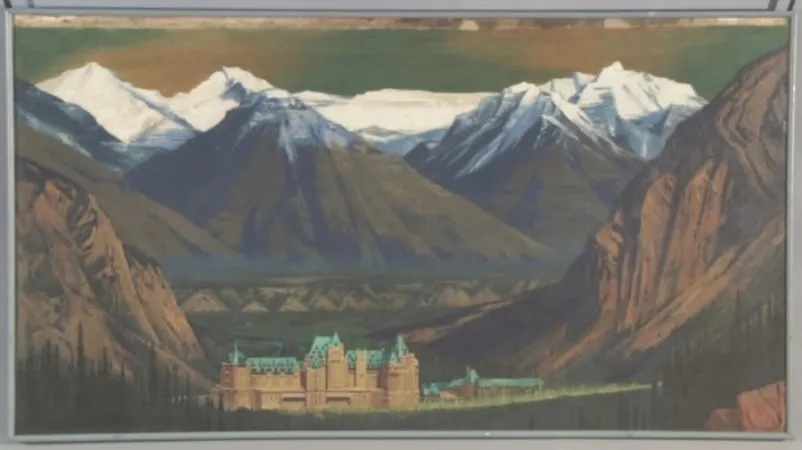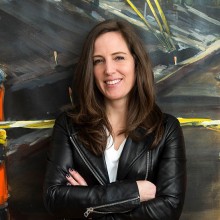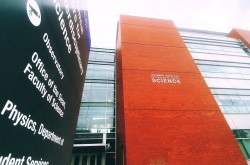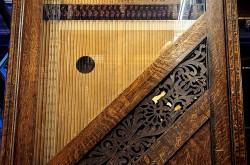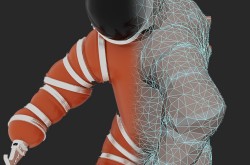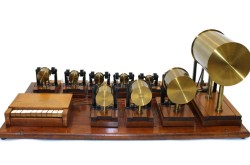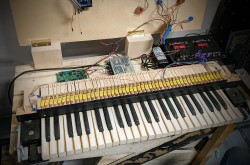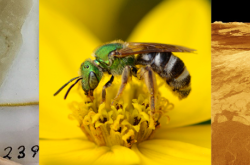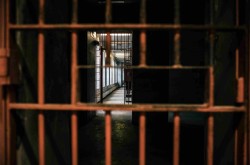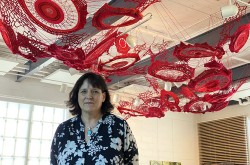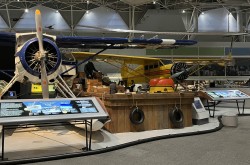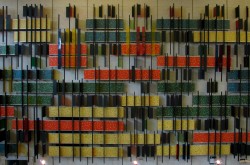Living in two worlds: Celebrating the Park Car Murals

Many works of art are purposefully mounted on a wall only to remain there, immobile, for years or even a lifetime. However, a look back at Canadian art history reveals a unique group of paintings that travelled the country many times over.
In 1954, the Royal Academy of Arts approached 18 prominent Canadian artists to create paintings representing national and provincial parks. The resulting artists’ paintings adorned the walls of the lounge cars of the Canadian Pacific Railway’s (CPR) famous transcontinental passenger train, “The Canadian.”
Originally, there were 54 pieces of art installed in the aptly named Park Cars. Today, 33 of those pieces are accounted for at Ingenium – Canada’s Museums of Science and Innovation in Ottawa. Due to extensive exposure to smoke, vibration, and general ‘wear and tear’ given the unconventional placement of the works, they required extensive restoration. VIA Rail Canada took ownership of “The Canadian” train in 1978, but it wasn’t until 1984 that the suggestion for removal and conservation was carried out.
Conventionally speaking, paintings are often hung on the walls of homes, galleries, and offices — detached from daily contact. In the case of the Park Car Murals, they were literally riveted to the walls of the train’s interior. In this way, they existed as a mobile gallery for decades aboard the CPR’s lounge cars, experiencing a broader audience than paintings that are allocated to the confines of an institution.
The Park Car Murals show their lived experience through cracked paint and damage, unavoidable due to the nature of being a physical part of the decor. Because there was no protective barrier or covering, the paintings experienced unprecedentedly harsh conditions. Their ongoing contribution to the conversations of Canadian landscape art and transportation interior design history offers an interesting opportunity for Ingenium.

Interior of the Park Car “Mural Lounge,” 1954.
The acquisition of these paintings begs the question, “What is the most appropriate method of display to encourage a stronger connection to the themes of art and science?”
These paintings have not been presented within the context of a survey of Canadian landscape paintings. Rather, they are pieces of Canadian art removed from its intended function and placed in a museum — giving the public an opportunity to experience them. Perhaps creating a less conventional setting for these paintings, to re-activate their intentionality, could be considered. The preconception is to treat the works as traditionally framed paintings on canvas, which was a conservational requirement in order to protect the works. However, there is an opportunity to expand the definition of painting and re-invent the concept of the installed mural.
A consideration that should be made is the fundamental differences in the expectations of an art gallery versus a science museum, and how these particular paintings are operating under both. How does the role of a curator at an institution geared towards art differ from a curator at a science museum? There are different expectations on the part of the audience when entering each specific institution. Those expectations are vital in the design of an exhibition.

Banff National Park, Charles Comfort

Sibley Provincial Park, by Yvonne McKague Housser
Typically, when one enters an art museum, there is an acceptance of more emotional, less direct interaction with the objects. If one compares that to a technology-oriented museum, there is an anticipation of more hands-on factual interactions. In the case of these paintings, they are able to live in both worlds. They were, in a manner of speaking, functional interior design elements of the train. However, they are still original paintings done in traditional fashion, by well-known and skilled Canadian artists. Leaving the interpretation of the paintings without context is a disservice to them — far removed from their initial installation within the cars — the concern is their story is misplaced and mistaken as purely commissioned works collected by CP Rail.

Sibley Provincial Park, by Yvonne McKague Housser
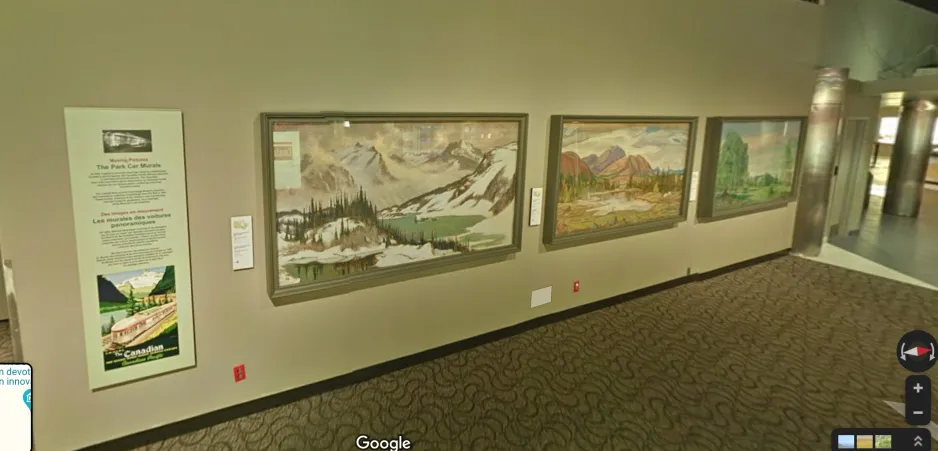
Installation of the Park Car Murals at the Canada Science and Technology Museum, October 2012. The museum has since been rebuilt and the murals are currently in storage.
For a time, they were displayed in the corridor of the old Canada Science and Technology Museum. However, the museum has since been completely redesigned and the paintings are not currently on public display. If they were to be brought out of storage and displayed at the museum again, a more direct visual connection should be put in place — something that is a benefit to their life within the museum’s collection. Given the original commission’s concept, re-creating that experience — through the use of high-resolution reproductions, video elements, and even so far as building a structure to replicate the enclosed scale of a railway lounge car — could allow the viewer an indirect but engaging experience with the paintings. This type of presentation would offer the visitor concrete knowledge of how these paintings would have been experienced, and allow for a resurgence of their significant contribution to both mural painting and interior design in transportation history.
Enjoying the Ingenium Channel? Help us improve your experience with a short survey!


